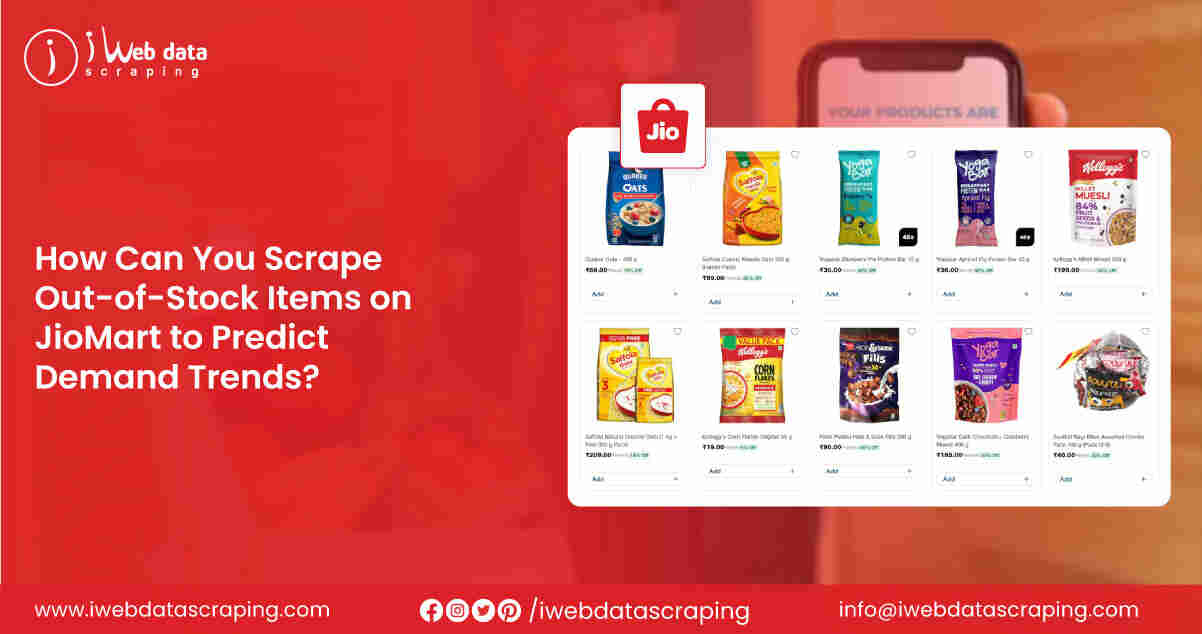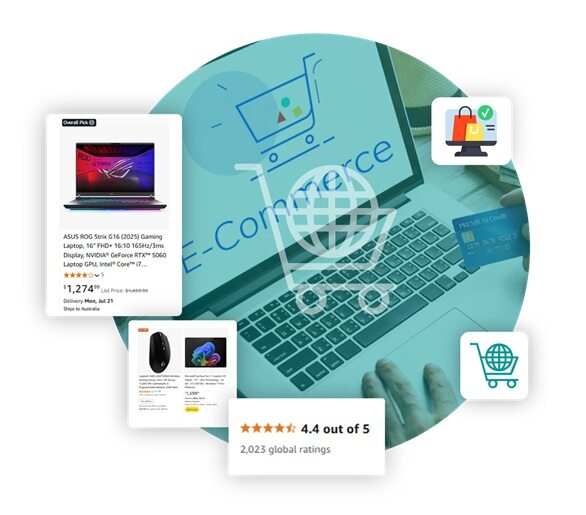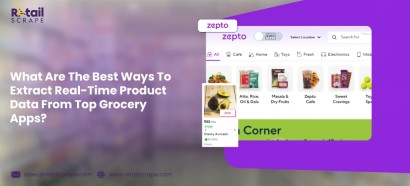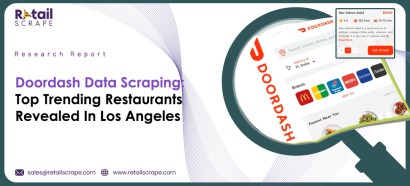
Navigating the Digital World Securely and Efficiently: Your Guide to IPv4 Proxy Servers
In today’s interconnected world, where digital presence is paramount for individuals and businesses alike, the need for secure, efficient, and unrestricted internet access has never been greater. Whether you’re a…









